Sign in to participate.
- Topics
- Activism (718)
- Architecture (943)
- Art (3062)
- Automotive (226)
- Business/Finance (480)
- Education/Academia (1474)
- Entertainment (1081)
- Event (2029)
- Fashion/Apparel (1056)
- Film/TV (1371)
- Food/Beverage (2132)
- Governmental/Civic (488)
- Graphic Design (2274)
- Health/Fitness (561)
- Home/Interior (579)
- Industrial Design (384)
- Institutional (895)
- Kids (560)
- Lifestyle (995)
- Literature (2074)
- Local (927)
- Music (4220)
- News (467)
- Performing Arts (654)
- Politics (562)
- Product (1136)
- Religion/Spirituality (275)
- Retail/Shopping (733)
- Science/Nature (703)
- Services (932)
- Social Media (203)
- Sports (495)
- Technology (972)
- Transportation (244)
- Travel (578)
- Formats
- Advertising (1501)
- Album Art (2799)
- Art/Illustration (410)
- Booklets/Pamphlets (1610)
- Books (4373)
- Branding/Identity (5250)
- Ephemera (859)
- Exhibition/Installation (712)
- Film/Video (724)
- Infographics/Maps (404)
- Magazines/Periodicals (1442)
- Mobile/Tablet (431)
- Newspapers (225)
- Object/Product (762)
- Packaging (1567)
- Posters/Flyers (3822)
- Signs (1512)
- Software/Apps (202)
- Web (3600)
- Typefaces
- Adobe Caslon (71)
- Adobe Garamond (47)
- LL Akkurat (73)
- Aktiv Grotesk (53)
- Akzidenz-Grotesk (323)
- Akzidenz-Grotesk Condensed (62)
- Albertus (64)
- Alternate Gothic (124)
- Amelia (47)
- GT America (110)
- ITC American Typewriter (65)
- Ano (55)
- Antique Olive (69)
- Anzeigen-Grotesk / Neue Aurora IX (46)
- Aperçu (77)
- Apoc (135)
- Arial (157)
- Atlas Grotesk (60)
- ITC Avant Garde Gothic (237)
- Avenir (82)
- Avenir Next (47)
- Baby Teeth (51)
- Baskerville (70)
- Benton Sans (83)
- Bodoni (115)
- Brandon Grotesque (88)
- LL Brown (73)
- Brush Script (51)
- Bureau Grot (52)
- Calibre (50)
- Century Expanded (55)
- Century Schoolbook (48)
- Cera (43)
- Cheltenham (53)
- LL Circular (69)
- Ciutadella (49)
- Clarendon (114)
- Compacta (94)
- Cooper Black (222)
- Copperplate Gothic (57)
- Courier (46)
- Davida (76)
- FF DIN (114)
- Druk (50)
- Druk Condensed (48)
- Druk Wide (64)
- Elephant (Alias) (56)
- Euclid Flex (77)
- Eurostile (180)
- Everett (88)
- Favorit (70)
- Folio (89)
- Founders Grotesk (116)
- Franklin Gothic (215)
- ITC Franklin Gothic (66)
- Freight Text (44)
- Futura (898)
- Futura Black (91)
- Futura Condensed (94)
- Futura Display (62)
- Geogrotesque (59)
- Georgia (91)
- Gill Kayo (89)
- Gill Sans (253)
- Gotham (226)
- Grand Slang (45)
- Graphik (114)
- Harbour (174)
- Helvetica (963)
- Helvetica Condensed (103)
- Hobo (69)
- Interstate (88)
- Kabel (78)
- Kabel Black (74)
- Knockout (131)
- Lausanne (154)
- Lydian (64)
- Lyon (69)
- Maison Neue (56)
- Microgramma (55)
- Miller (47)
- Minion (63)
- Monotype Grotesque (71)
- Montserrat (53)
- Motter Ombra (69)
- Neue Haas Grotesk (144)
- Neue Helvetica (283)
- Neutraface (76)
- News Gothic (215)
- Ogg (79)
- Omnes (73)
- Open Sans (48)
- Optima (129)
- Palatino (64)
- Plaak (44)
- Plantin (56)
- Proxima Nova (97)
- Roboto (52)
- Sabon (45)
- GT Sectra (68)
- ITC Serif Gothic (94)
- Sharp Grotesk (52)
- ITC Souvenir (115)
- Sporting Grotesque (48)
- Suisse Int’l (250)
- Suisse Works (78)
- Surt (81)
- Tempo (49)
- Tiempos (81)
- Times (96)
- Times New Roman (200)
- FB Titling Gothic (48)
- Trade Gothic (149)
- Univers (463)
- Venus (46)
- Venus Extended (67)
- Verlag (45)
- Volta (45)
- GT Walsheim (86)
- Windsor (89)
- These are the most common typefaces in the database, but there are many more. Try a search!
- Sign in to participate.
Topics▼ |
Formats▼ |
Typefaces▼ |

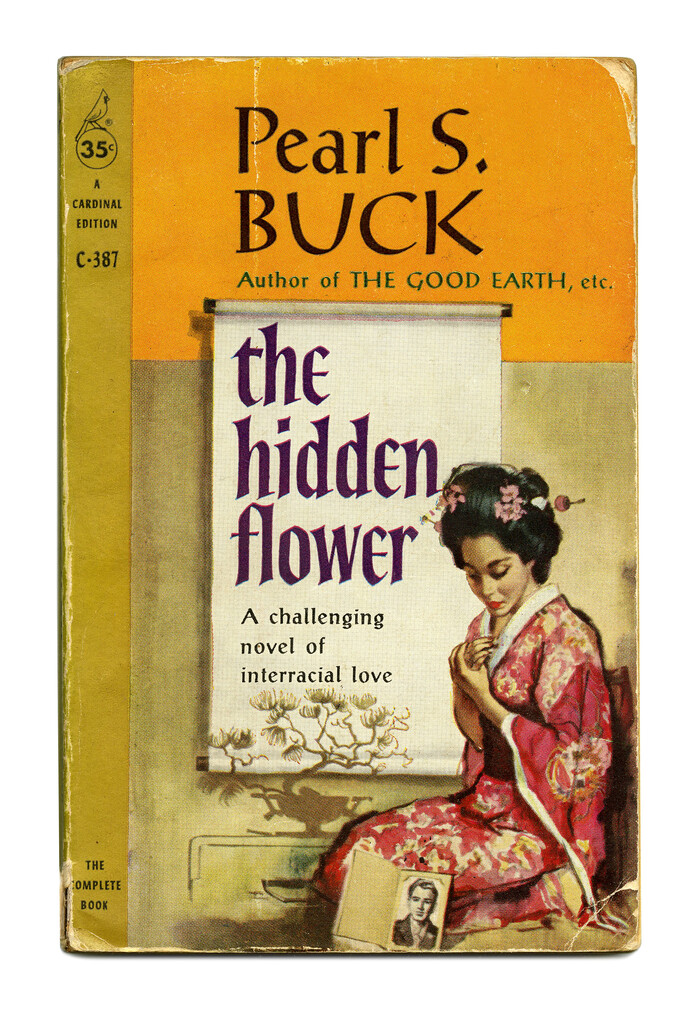


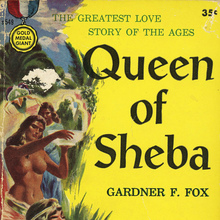

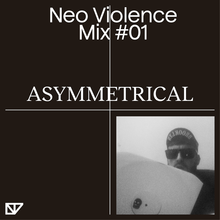





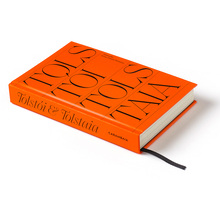



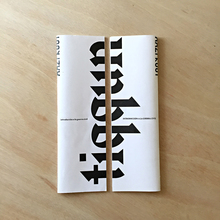


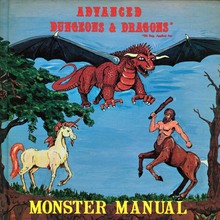












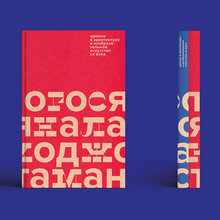


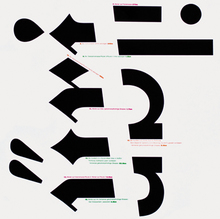


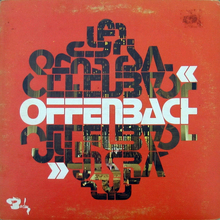





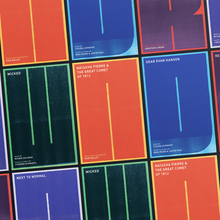


1 Comment on “The Hidden Flower by Pearl S. Buck (Cardinal)”
The small type on the left (“A Cardinal Edition”, “The Complete Book”) is set in caps from Lydian Condensed. If you feel this typeface is somewhat similar to Post-Antiqua, you’re onto something: they are both works by designers who studied at the Kunstgewerbeschule Offenbach under Rudolf Koch. Post-Antiqua is by Herbert Post, who was Koch’s student from 1921 to 1924. And Lydian is by Warren Chappell, who studied in Offenbach in 1931/1932.